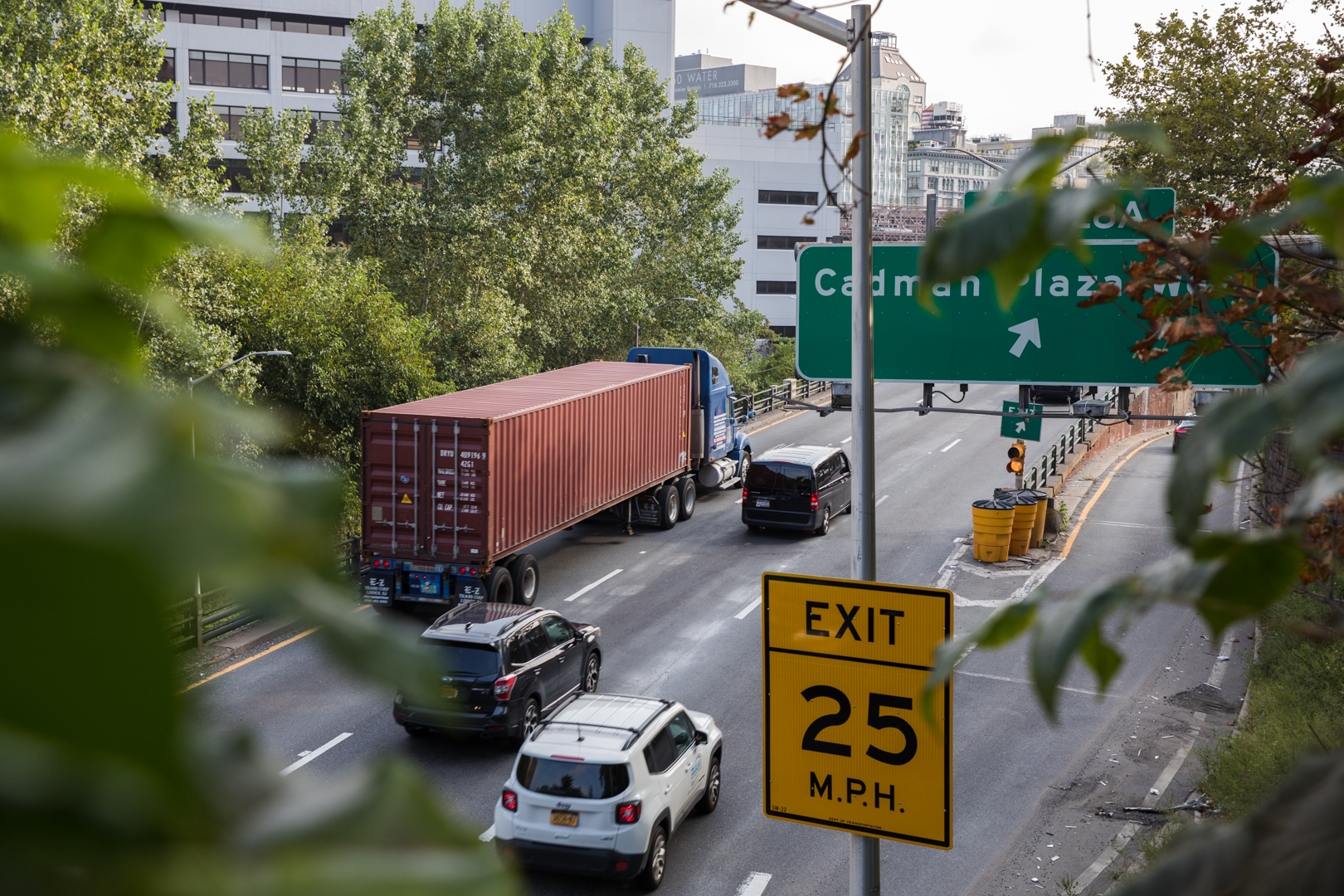Adams to speed up BQE renovation, but halt previously budgeted patchwork
Plan hinges on getting Biden infrastructure funds

Mayor Eric Adams said he wants to discard former Mayor Bill de Blasio’s 20-year plan to patch up decrepit sections of the Brooklyn-Queens Expressway (BQE), and instead take advantage of the Biden administration’s federal infrastructure funds to kick off a massive renovation project within five years.
“I will not wait decades and needlessly spend hundreds of millions of additional taxpayer dollars when we can and must start rebuilding this vital transportation artery today,” Adams told The New York Times in a story published Monday. He called the opportunity to access federal funds to re-build the BQE a “once-in-a-generation opportunity.”
Last month, local officials and the Brooklyn Heights Association (BHA), were taken aback when they learned at a City Council meeting that the city planned to eliminate most of next year’s $250 million budget to patch up the expressway.